What Are Chinese Peppers and How to Use Them Properly
Chinese peppers aren't just hot chilies—they're complex flavor instruments with unique properties that go beyond simple heat. Unlike standard chili peppers, authentic Chinese varieties like Sichuan peppercorns create distinctive mouth sensations (tingling, numbing, or layered warmth) through specialized compounds. This guide delivers exactly what home cooks need: practical applications backed by food science, not confusing jargon. Discover how to use them effectively in everyday cooking with these 5 proven techniques.
Table of Contents
What Makes Chinese Peppers Different
Most home cooks mistake Chinese peppers for regular hot chilies, but they work completely differently. Sichuan peppercorns don't contain capsaicin (the compound that makes jalapeños hot)—instead, they contain hydroxy-alpha-sanshool that creates a unique tingling sensation. Fresh Chinese green chilies deliver herbal notes from linalool compounds, while dried Shanxi peppers provide smoky depth through guaiacol.
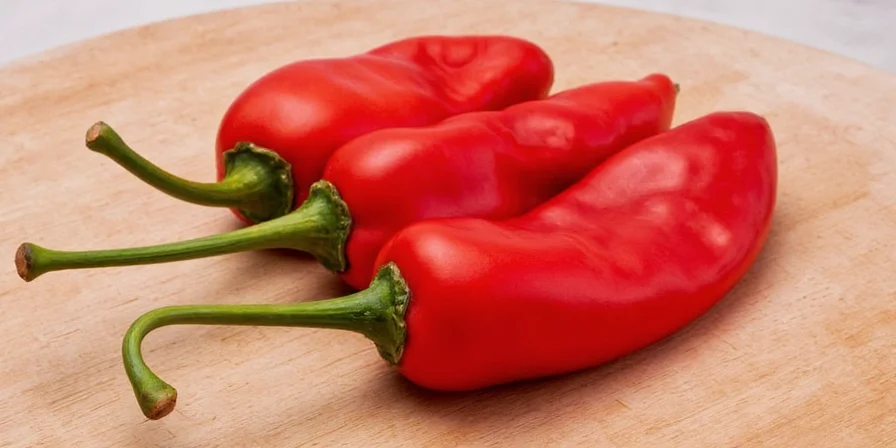
Understanding these differences is crucial for proper usage. Here's what actually matters for home cooking:
- Sichuan Peppercorns – Use for tingling "ma" sensation (toast first for best flavor)
- Shanxi Peppers – Add smoky depth without charring (ideal for braises)
- Fresh Green Chilies – Provide herbal notes when used raw (perfect for dumpling dips)
Now let's move to practical techniques you can implement immediately.
Simple Sweet & Spicy Pepper Jam (No Boiling Required)
This beginner-friendly method preserves flavor without destroying delicate compounds through high heat. Skip the complicated canning process—this version works reliably every time.
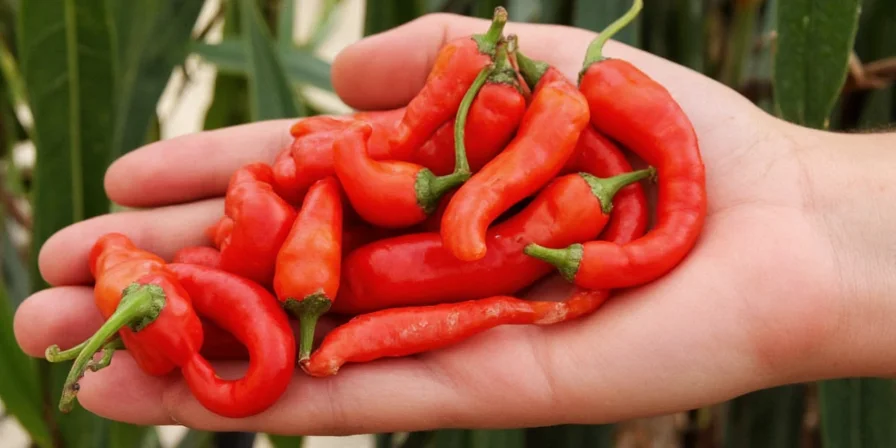
Easy Recipe (Ready in 10 Minutes):
- Fresh red Chinese peppers (3-4, seeds removed)
- Brown sugar (1/4 cup)
- Lime juice (2 tablespoons)
- Pectin (1 teaspoon)
Step-by-Step:
- Finely chop peppers and mix with sugar and lime juice
- Let sit for 2 hours at room temperature
- Gently warm in saucepan until sugar dissolves (don't boil)
- Add pectin, stir for 2 minutes, then cool
- Store in refrigerator for up to 3 weeks
This creates a balanced jam where sweetness comes first, followed by gentle warmth—perfect for cheese boards or as a glaze for roasted meats. No special equipment needed.
Perfect Chili Oil Infusions for Any Dish
Most home cooks ruin chili oil by overheating it. The secret? Temperature control. Different peppers need different heat levels to extract ideal flavor without bitterness.
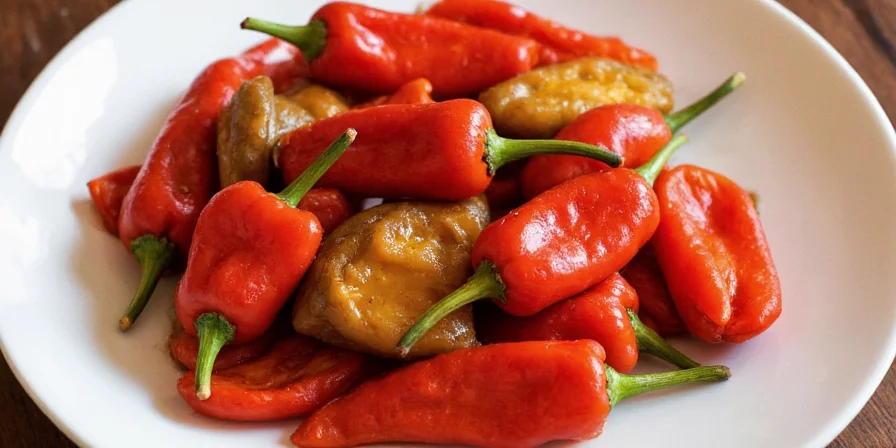
Quick Reference Guide:
| Pepper Type | Best Temperature | Time | Best For |
|---|---|---|---|
| Shanxi Peppers | 158°F (70°C) | 45 min | Wontons, dry-fried dishes |
| Sichuan Dried Reds | 140°F (60°C) | 30 min | Dipping sauces |
| Fresh Green Chilies | 122°F (50°C) | 20 min | Steamed fish, summer rolls |
Simply heat oil to the right temperature (use a thermometer), add whole peppers, and maintain temperature. Strain after time is up. Store in dark glass and refrigerate after 3 weeks.
Gentle Chili-Infused Tea for Digestion
Forget uncomfortable spicy teas—this method creates a soothing drink that actually aids digestion without overwhelming heat.
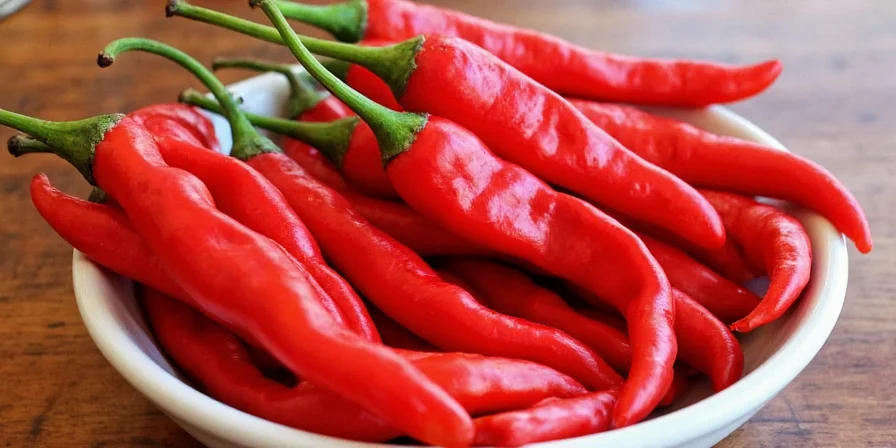
Simple Formula:
- 1 dried Chinese pepper (lightly crushed)
- 1 thin slice fresh ginger
- 1 teaspoon green tea
- 8 ounces water at 185°F (85°C)
Perfect Brewing:
- Combine pepper and ginger in cup
- Add hot water, steep 4 minutes
- Add tea leaves, steep 2 more minutes
- Strain and enjoy after meals
This creates just enough warmth to stimulate digestion without discomfort. Use when you've eaten something heavy.
Easy Fermented Pepper Paste in 4 Weeks
Commercial fermented pepper sauces often contain additives. Make your own with just peppers, salt, and time.
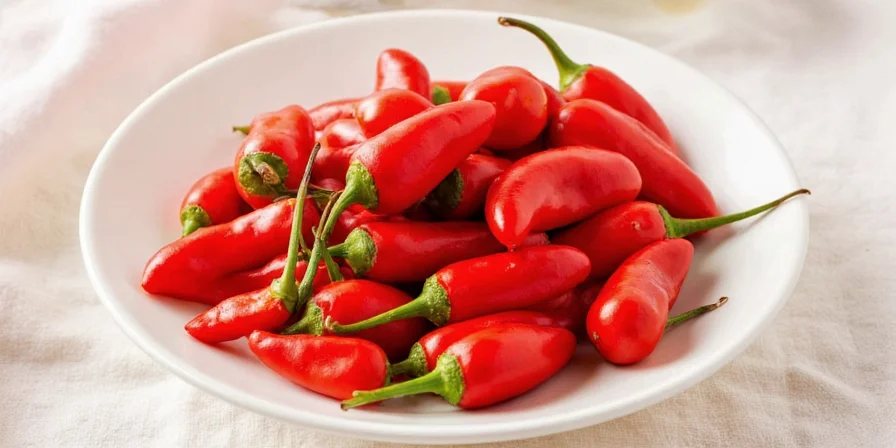
Basic Recipe:
- 1 cup crushed Chinese peppers
- 1 teaspoon non-iodized salt
- 1 clove garlic (minced)
Simple Process:
- Mix ingredients in clean jar
- Press down to submerge under liquid
- Cover with breathable cloth
- Store at room temperature for 4 weeks
- Stir daily for first week, then every few days
The flavor transforms dramatically: starts sharp, becomes nutty around week 2, and develops deep umami by week 4. Use in braises or as a finishing sauce.
Fusion Sauces That Actually Work
Chinese peppers blend beautifully with other cuisines when you understand flavor pairing principles.
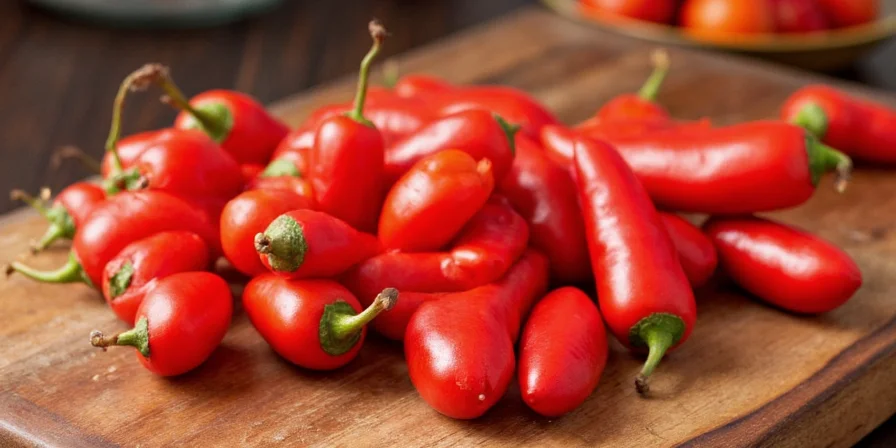
Proven Combinations:
- Mexican-Chinese Salsa: Blend 3 roasted jalapeños with 1/2 teaspoon Sichuan peppercorns. The tingling sensation complements smoky chipotle flavors.
- Italian Chili Oil: Add 1/4 teaspoon Shanxi pepper powder to olive oil with garlic. Enhances tomato sauces without overpowering.
- Scandinavian Dill Oil: Infuse fresh dill in green chili oil at low temperature. Creates a balanced condiment for fish.
Troubleshooting Tips:
- Too hot? Add a small amount of honey
- Not flavorful enough? Simmer with mushroom trimmings
- Unbalanced? Add a splash of rice vinegar
Key Takeaways
Chinese peppers offer unique flavor dimensions when used correctly. Remember these essentials:
- Temperature control is critical—most mistakes come from overheating
- Different peppers serve different purposes (tingling vs smoky vs herbal)
- Start with small amounts—you can always add more
- They work best as flavor enhancers, not dominant ingredients
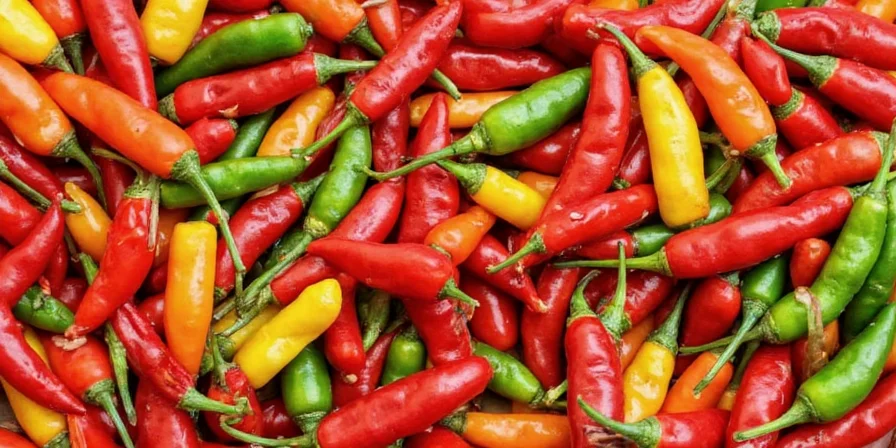
These techniques transform Chinese peppers from intimidating ingredients to reliable kitchen staples. Implement one method at a time to discover which works best for your cooking style.
Common Questions Answered
Why does my chili oil taste bitter?
Oil temperature exceeded 176°F (80°C), extracting bitter compounds. Keep below 158°F (70°C) and use a thermometer for accuracy.
How do I prevent mold during fermentation?
Keep peppers fully submerged in liquid and maintain 2% salt concentration. White film is harmless kahm yeast that can be skimmed off.
Why doesn't my pepper jam have consistent heat?
Pepper heat varies by batch. Remove seeds completely and let jam rest for 2 weeks for flavors to fully meld and stabilize.
Can I use regular chili peppers instead?
For basic heat, yes—but you'll miss the distinctive tingling or smoky notes. Chinese varieties offer unique properties regular chilies can't replicate.

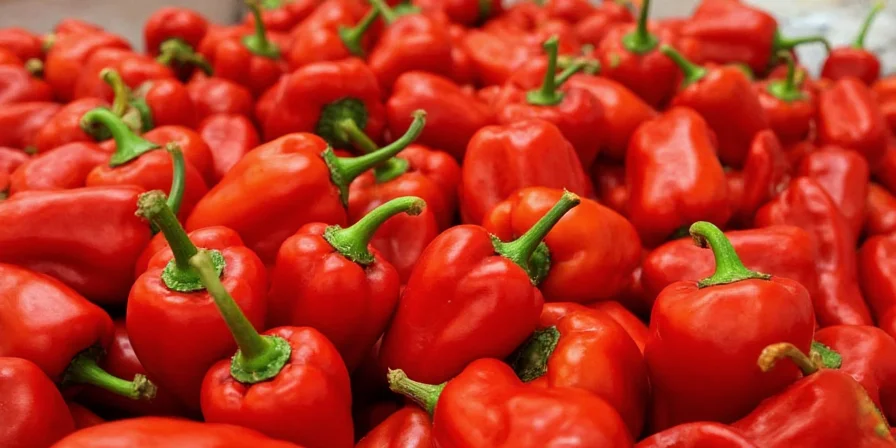









 浙公网安备
33010002000092号
浙公网安备
33010002000092号 浙B2-20120091-4
浙B2-20120091-4